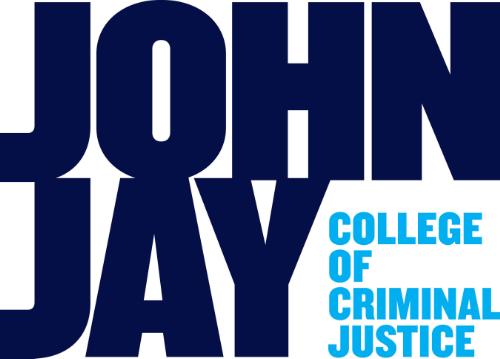
Publications and Research
Document Type
Article
Publication Date
1-16-2018
Abstract
Background: This research demonstrates how the Akaike information criterion (AIC) can be an alternative to null hypothesis significance testing in selecting best fitting models. It presents an example to illustrate how AIC can be used in this way.
Methods: Using data from Milwaukee, Wisconsin, we test models of place-based predictor variables on street robbery and commercial robbery. We build models to balance explanatory power and parsimony. Measures include the presence of different kinds of businesses, together with selected age groups and social disadvantage.
Results: Models including place-based measures of land use emerged as the best models among the set of tested models. These were superior to models that included measures of age and socioeconomic status. The best models for commercial and street robbery include three measures of ordinary businesses, liquor stores, and spatial lag.
Conclusions: Models based on information theory offer a useful alternative to significance testing when a strong theoretical framework guides the selection of model sets. Theoretically relevant ‘ordinary businesses’ have a greater influence on robbery than socioeconomic variables and most measures of discretionary businesses.


Comments
This article was originally published in Crime Science, available at https://doi.org/10.1186/s40163-018-0077-5
This article is distributed under the terms of the Creative Commons Attribution 4.0 International License (http://creativecommons.org/licenses/by/4.0/).